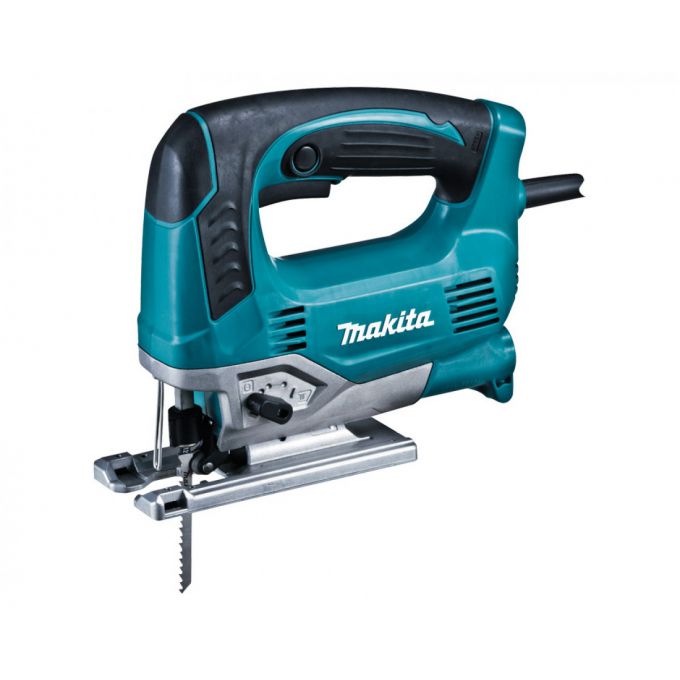Recognize them by the color of the liner, where to apply the main markings with numbers and letters. Gray color corresponds to working with wood, and blue with metallic products. Shank, painted red color, used for cutting polymers and other similar materials. Moreover, saw not only the paint is different, but the size of the tooth. If you look closely, their size will immediately tell you about the possibilities of the canvas. The smaller the tooth, the denser and stronger will be the material they can cut.
Most often for the blade of the fret saw used for cutting planks of wood. It's not a particularly strong material here will fit almost any standard nail file. However, it is best to use a cloth designed specifically for wood products. This option will provide not only high speed but also ease of operation. It is important to note that for fast and qualitative cutting of wood there are two kinds of tools. One of them is designed for cutting across the boards, and the other along the grain of the wood. In the first case, applied the fabric with straight tooth, and the second with an oblique.
In this situation typically use the canvas with large tooth. But it is worth noting that they leave behind a rough cut with lots of defects. Therefore, these nail files are used for rapid construction, which do not require exceptional appearance processing. For example: scaffolding, temporary fences, summer sheds and other similar buildings. The configuration of the teeth greatly affects the possibilities of the tool. The more small teeth are present on the blade, the higher the quality of the cut. If the teeth a little and they're large, then the cut will happen very quickly, but will look very messy.
To choose the right blade for the job with durable materials, you should understand some of the rules – paintings must correspond to their purpose. The stronger the product, the shorter should be the tooth of the cutting tool. For the strongest metal objects, the best option would be the blade of the jig saw is designed to cut steel. Moreover, it is perfectly suitable not only for non-ferrous alloys, but also more soft – PCB and ebonite. This blade has many small teeth and a blue color of the shank. In conclusion, I should add that there is a universal fabric with a marking T234X, T123X. They can be freely used for cutting metal, but less durable wood with plastic.
